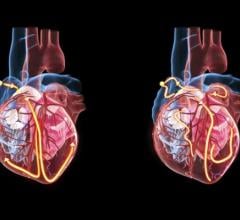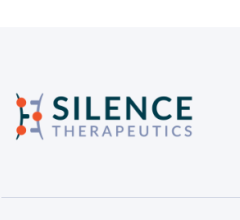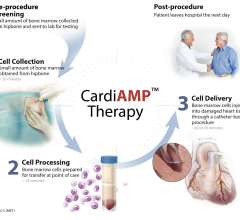
Getty Images
June 12, 2024 — A team of Ochsner Health cardiologists recently published an article in the Journal of the American Medical Association (JAMA) Cardiology comparing two treatment strategies for patients with atrial fibrillation and obesity. The article, titled “Dual vs Single Cardioversion of Atrial Fibrillation in Patients with Obesity,” is based on a multi-center, patient-blinded, randomized clinical trial conducted at three Ochsner Health facilities. Cardiac electrophysiology fellow, Dr. Joshua Aymond, authored the study publication, with supervision by Ochsner Health staff cardiac electrophysiology physicians including senior author Dr. Daniel Morin, director of Electrophysiology Research.
The prevalences of atrial fibrillation (AF) and obesity continue to increase in parallel, posing significant challenges to both the healthcare system and patients' quality of life. AF is the most common abnormal cardiac rhythm, with projections indicating that between 6 to 16 million individuals in the US will be affected by this condition by 2050. Moreover, it is estimated that by 2030, approximately 1 in 2 adults will be classified as having obesity (BMI ≥30; calculated as weight in kilograms divided by height in meters squared). This condition is associated with a 50% increased risk of developing AF, further compounding the healthcare burden.
"Given the increasing prevalence of both atrial fibrillation and obesity, our findings offer critical insights into optimizing treatment strategies for this growing patient demographic," said Dr. Joshua Aymond, who was the lead author of the trial. “This study aimed to evaluate the comparative effectiveness of dual direct-current cardioversion versus single cardioversion as an initial therapeutic approach for managing AF in obese patients.”
When a “rhythm control” strategy is adopted for patients with persistent atrial fibrillation, external direct-current cardioversion (DCCV) is the cornerstone treatment for the immediate restoration of sinus rhythm. In DCCV, a controlled electrical shock is delivered to the patient’s heart to return its rhythm back to normal. However, studies have indicated that even when maximum energy, biphasic waveform shocks are administered, cardioversion using a single set of pads fails in 20% to 35% of patients with obesity, compared to less than a 10% failure rate in the nonobese general population.
Cardioversion failure can lead to adverse patient outcomes, including the need for multiple shocks, prolonged sedation duration and patient discomfort. Dual DCCV, as opposed to the standard single DCCV approach, uses two sets of defibrillator pads to deliver simultaneous shocks, resulting in higher cumulative energy and current density delivered to the atrial heart muscle. The results of this study demonstrated that dual DCCV was significantly more effective, achieving a cardioversion success rate of 98%, compared to the 86% success rate of single DCCV. Importantly, this increased efficacy did not come with a higher risk of adverse events or patient discomfort.
Dr. Daniel Morin, the study’s senior author, shared that “this research underscores the necessity of optimizing cardioversion strategies for obese patients with atrial fibrillation. By demonstrating the enhanced efficacy of dual cardioversion, we advocate for a tailored approach that can significantly improve patient outcomes, reduce procedural complications, and enhance the overall quality of life for this high-risk population."
For more information: www.ochsner.org


 July 22, 2025
July 22, 2025 








